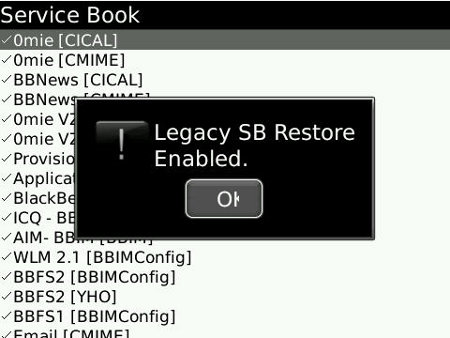Radio Receiver

If you never got the chance to build one as a kid [JoOngle] takes you through the steps to build your own radio receiver. Details are a bit scarce but it’s nothing your friend Google can’t help you out with.
Fixing a Blackberry trackball

If your Blackberry trackball stops working well you can try this non-technical fix. Remember when mice used to have a ball in them and you would need to clean out the gunk from time to time? Forcefully skidding your Blackberry across a piece of paper does a similar service.
Linux time lapse

Open source can be a great help to small businesses. Here’s a way to use a Linux machine to make time-lapse movies from surveillance camera feeds. We especially enjoy the use of a desktop wallpaper that has the terminal commands necessary to start recording.
Host a webpage with Dropbox

Here’s a way to host a simple webpage using Dropbox. It’s one of those easy ideas that you wouldn’t come up with yourself. When you place an HTML file in your Dropbox you can get a public URL which will be built as a webpage when visited with a browser.
Inline splicing

To round out the weekend here’s [Osgeld’s] tips on inline wire splicing. We laughed as he recounted spearing himself with stray strands. This is pretty simple stuff but he’s explained it well and who’s to pass up a good tip?

















